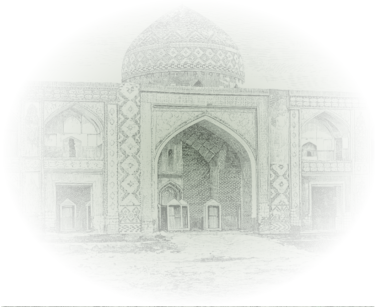Giziloran is a village in the Alexandropol uezd of the former Iravan governorate, later in the former Hamamli (Spitak) district, and currently in the Lori province. The provincial centre lies 21 km to the northwest of the town of Boyuk Garakilsa (Vanadzor), at the south-western foot of the Chubukhlu Mountain range, at a height of 1,700 m above sea level. It is marked on the five-verst map of the Caucasus. Until 1937 it had been subordinated to the former Gugark district.
The village was inhabited only by Azerbaijanis – 41 in 1831, 168 in 1873, 212 in 1886, 220 in 1897, 250 in 1908, 273 in 1914 and 276 Azerbaijanis in 1916. The village was exposed to aggression by Armenian armed forces. In 1918 the residents were deported or massacred, and the Armenians deported from abroad in 1918–1920 were settled there. The surviving Azerbaijanis who left the village managed to return to their ancestral lands following the establishment of Soviet power in present-day Armenia. The village was inhabited by 92 Azerbaijanis and 54 Armenians in 1922, 107 Azerbaijanis and 105 Armenians in 1926, and 140 Azerbaijanis and 226 Armenians in 1931. In accordance with the Decision of the USSR Council of Ministers “On the resettlement of collective farmers and other Azerbaijani population from the Armenian SSR to the Kur-Araz lowland of the Azerbaijan SSR” dated 23 December 1947, the Azerbaijani population of the village was forcibly deported to Azerbaijan. Some of the deportees were later able to return to their native village. In 1987, 268 Azerbaijanis lived in the village. In November 1988 they were also deported from their historical and ethnic lands by the Armenian government. Currently, the village is inhabited only by Armenians.
The toponym was coined by combining the word “gizil” meaning “red” (colour of the soil rock) in the Azerbaijani language and the word “oran” used in Turkic to mean “ruins, a destroyed wall”. These ruins were called “oran” or “viran” (ruins), as they were located nearby the ruins of ancient villages and towns. This name was combined with the name of the tribe, land and village which they belonged to, or the words such as “white”, “black”, “gold” according to the colour of the soil, and new names were created.
By the decree of the Presidium of the Supreme Soviet of the Armenian SSR dated 26 April 1946, the village was renamed “Shenavan”. According to the law “On the administrative-territorial division of the Republic of Armenia” dated 7 November 1995, it was integrated into the administrative territory of the Lori province.
Geographical coordinates: latitude: 40°52’ N., longitude: 44°14’ E.
